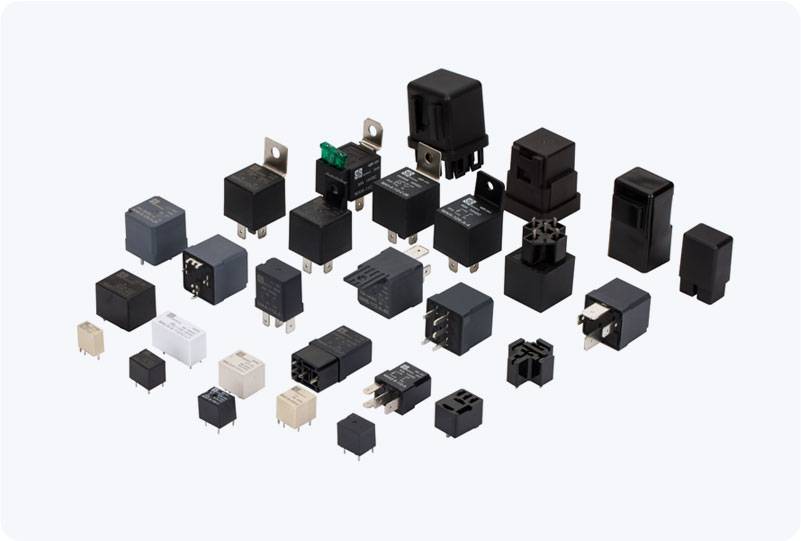In recent years, lithium-ion (Li-ion) batteries have become a cornerstone of modern energy storage systems, powering everything from portable electronics to electric vehicles (EVs). However, as the demand for higher capacity, longer-lasting, and safer energy storage solutions grows, the role of components like the Li-ion battery relay becomes increasingly critical. This article explores the function, importance, and applications of Li-ion battery relays, shedding light on their role in enhancing the performance and safety of Li-ion batteries.

What is a Li-ion Battery Relay? A Li-ion battery relay is an electrical switch that controls the connection between the battery and the load (such as an electric motor, a charger, or an electronic circuit). Typically used in energy storage systems, these relays are designed to manage high current flows, prevent short circuits, and ensure that the battery operates within safe parameters. The relay effectively disconnects the battery from the load when not in use, thereby improving the lifespan and safety of the battery. Li-ion battery relays are often composed of durable, high-quality materials that are resistant to heat and corrosion, ensuring that they can withstand the challenges posed by high-voltage environments. Moreover, these relays feature advanced electronics that help monitor and control the battery’s charging and discharging cycles. By doing so, they ensure that the battery is always in a state of optimal performance.
Leave a Reply